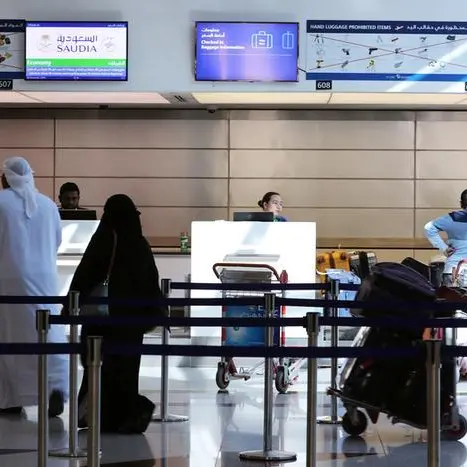PHOTO
Governments and enterprises need broadband communications networks, known as mission critical communications, with a high degree of reliability, accessibility and security to ensure fast and effective response times to such events.
Jad Hajj, partner with Strategy& in the Middle East says: “On New Year’s Eve 2015, a fire broke out in the Address Downtown hotel in Dubai. Using a unified communications network first responders were able to coordinate their activities ensuring residents were evacuated quickly with minimal casualties. Examples such as this highlight the critical need that PPDR units and CNI operators have for voice communications and, increasingly for broadband data usage. It has become clear that just one network should be used by all organisations to ensure that interventions are effectively coordinated.”
Mission critical networks differ significantly from commercial networks, which are constructed for the mass market and are not designed to handle peak traffic and support real-time group communications. Specific mission critical networks are necessary for public protection and disaster relief (PPDR) units and critical national infrastructure (CNI) operators.
Mission critical networks need 6 features: continuous service availability, reliability, security, point-to-multipoint flexibility, broadband and interoperability.
Today, a number of initiatives are underway in the GCC. One telecom operator in KSA is currently planning to deploy a single, national mission critical LTE network to serve PPDRs and CNIs across the country. Another government-owned professional communication corporation has been mandated by the UAE government to deploy mission critical LTE for public safety and situational awareness.
Existing telecom operators are ideally placed to deliver the mission critical communications for governments and enterprises as they are well acquainted with long term evolution (LTE) networks, which they rely on to meet the mass market demand for mobile high-speed data services.
In addition, several telecom operators currently serve governments and enterprises, in terms of voice and data communications, managed services and cloud, or enterprise solutions. It would seem sensible for telecom operators to build upon these existing relationships and offer mission critical services, with the client benefiting from having all its communications needs covered by one operator.
Given that mission critical network deployments require heavy investment and mainly target governments and enterprises that manage critical infrastructure, telecom operators should consider public – private partnerships (PPP) with governments.
Telecom operators have three options to pursue jointly or individually to become mission critical LTE providers: an upgraded commercial network, a greenfield mission critical network, and a hybrid brownfield network.
Ramzi Khoury, principal with Strategy& Middle East says: “Operators need to address the widely varying goals of government entities and enterprises. For instance, the police force requires mission critical services that are different from those of oil and gas refineries. Other opportunities may be unique to a country, for example, crowd monitoring during the Hajj season in Saudi Arabia.”
To succeed in mission critical services, telecom operators should consider network deployment strategy, go-to-market approach and their operations capabilities.
Telecom operators should rely on a combination of the different deployment models available, each adapted to a specific type of area, thereby rolling out a mission critical network while simultaneously optimising the underlying investments.
Telecom operators should put communications services at the top of the priority list, followed by video streaming services. And last but not the least, telecom operators should consider separating certain activities into two distinct parts, one for commercial and one for mission critical services.
“Although it seems likely that the mission critical market will expand at a significant rate, many operators are still to make important strategic decisions about the precise services they will offer. Those that move quickly can expect to reap the rewards”, Khoury adds.
2017 ITP Business Publishing Ltd. All Rights Reserved. Provided by SyndiGate Media Inc. (Syndigate.info).












